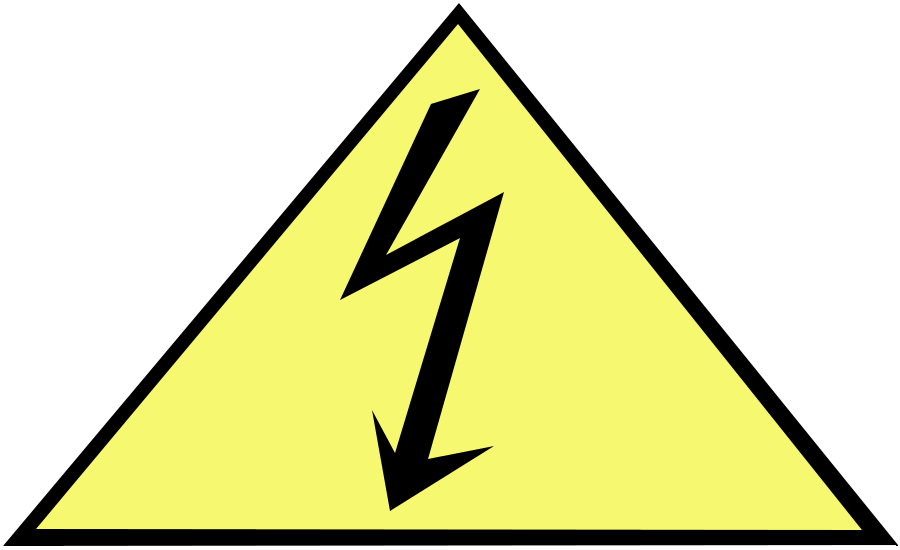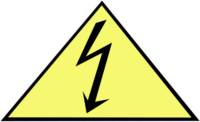A 16-year-old roofer was killed last year in Kentucky when he lost control of a 25-foot ladder and it made contact with a 7200-volt electric power line, according to Fatality Assessment & Control Evaluation (FACE) by the Kentucky Injury Prevention and Research Center.
The incident occurred at a private residential home, when the victim was trying to position an aluminum extension ladder against a roof.
Although there were no witnesses, safety specialist DeAnna McIntosh surmised that the worker had trouble accessing the roof because of two 4 feet x 4 feet boxwood bushes that were planted 3 feet from the home’s exterior wall.
With the ladder still fully extended, the victim attempted to move it closer by lifting the ladder and walking between the bushes to find a suitable base. The ladder became unstable, causing the victim to lose his balance falling backwards. As the victim and ladder were falling, the ladder fell into a top phase power line carrying 7.2 kilovolts (7,200 volts). Because the victim was still in contact with the highly conductive aluminum ladder when it struck the power line, electricity was able to travel through the metal and into the young worker. He was immediately electrocuted.
According to the FACE report, contributing factors include:
- Work performed outside youth employment regulations
- Lack of hazard recognition and safety training
- Use of a conductive ladder around high voltage lines
- Transporting an extension ladder in the vertical position
To prevent similar occurrences, FACE investigators issued the following recommendations:
- Perform a job hazard analysis of the worksite
- Become familiar with and comply with all federal, state, and local regulations associated with youth employment
- Use non-conductive ladders around power lines
- Lower the extension ladder and transport it horizontally.
The report notes that occupational injuries and fatalities are often the result of one or more contributing factors or key events in a larger sequence of events that ultimately result in the injury or fatality. National Institute Occupational Safety and Health (NIOSH) investigators identified the following unrecognized hazards as key contributing factors in this incident:
- Work performed outside youth employment regulations
- Lack of hazard recognition and safety training
- Use of a conductive ladder around high voltage lines
- Transporting an extension ladder in the vertical position
NIOSH recommends that employers perform a job hazard analysis prior to performing a new task. In this incident, the employees were exposed to working at heights, working from ladders, and close proximity to high voltage power lines. A job hazard analysis would recognize the numerous hazards that the roofing workforce was being exposed to so that necessary safety precautions could be undertaken.
Special regulations for young workers
Additionally, employers should become familiar with and comply with all federal, state, and local regulations associated with youth employment, including safety training and hazard recognition. According to the Center for Disease Control (CDC), approximately 1.5 million youth under the age of 18 are employed during the school year, with a majority of high school students working at some point before they graduate. Due to their age and inexperience, these workers are more vulnerable to work-related injury and death. In 2014, the rate of work-related injuries treated in emergency departments for workers, ages 15–19, was 2.18 times greater than the rate for workers 25 years of age and older.
Due to the high injury rate of minors in the workplace, the Commonwealth of Kentucky has very specific child labor laws, providing guidelines on how many hours per week young workers are permitted to work, what times of the day they are allowed to work, and what occupations are prohibited for minors under the age of 185. The Kentucky Labor Cabinet lists 19 occupations that are prohibited for minors, including #16: “Roofing operations and all work on or about a roof.” Subcontractors and contractors should familiarize themselves with Kentucky child labor laws and Federal child labor laws before employing youths in specific occupations.





